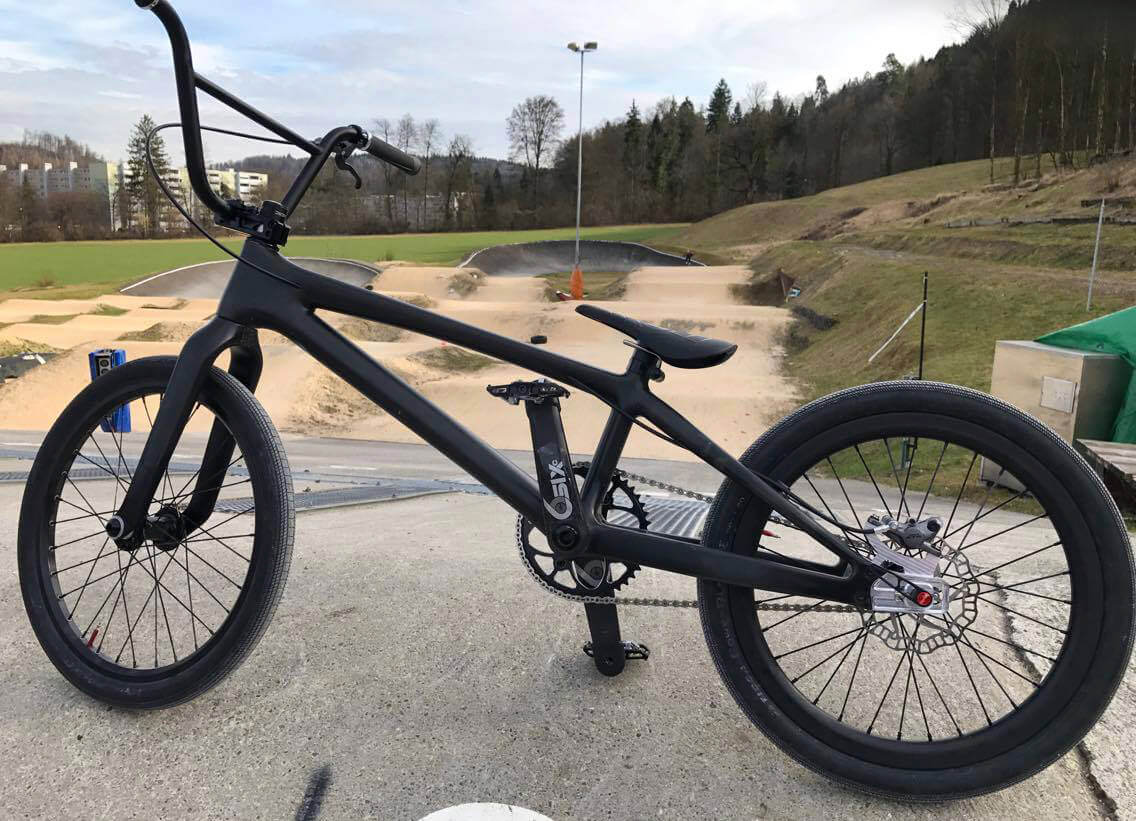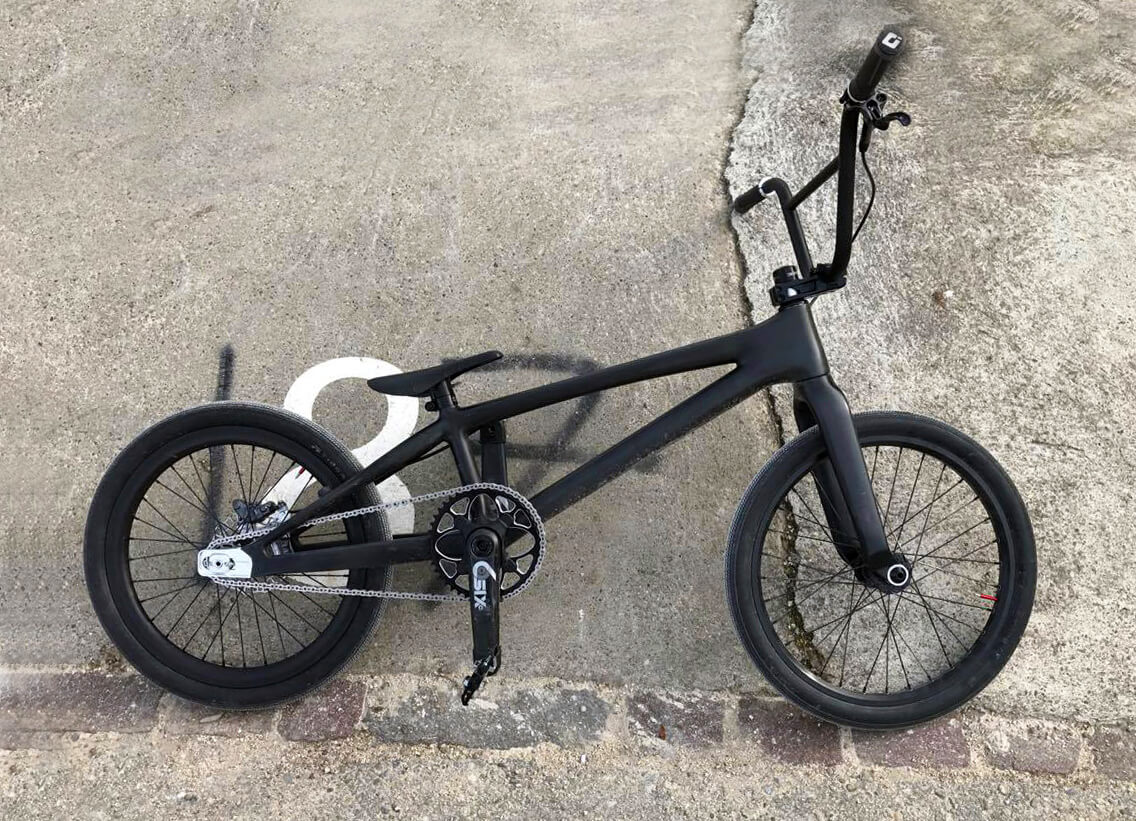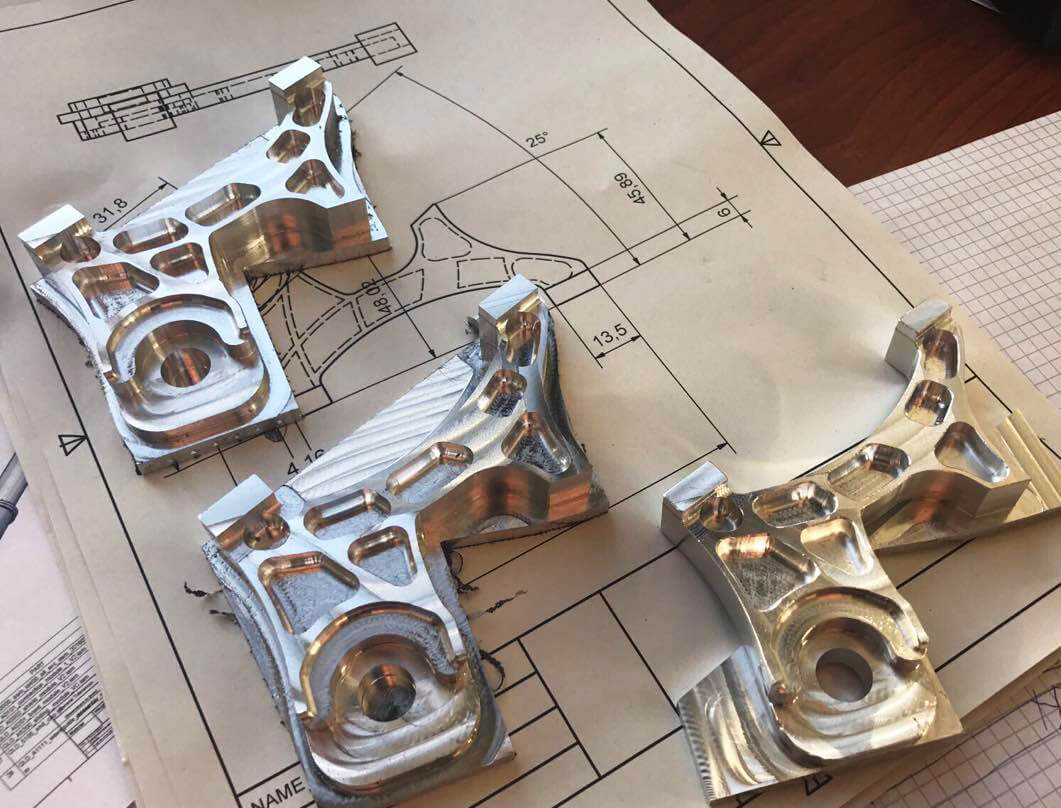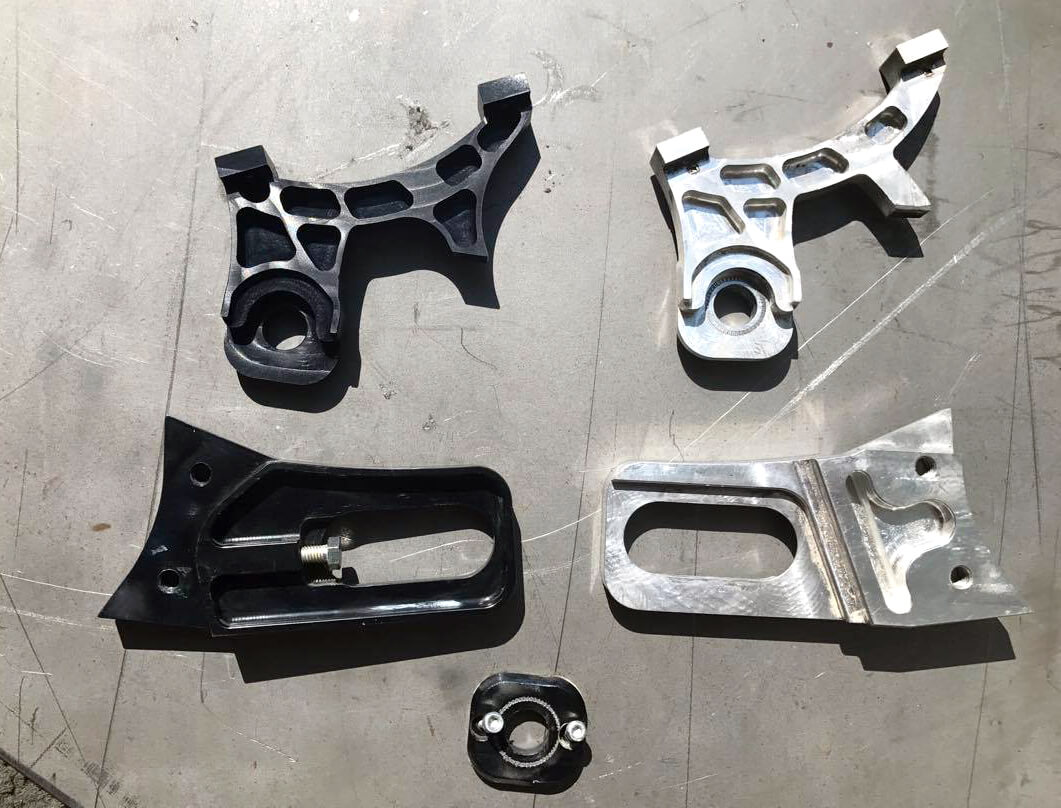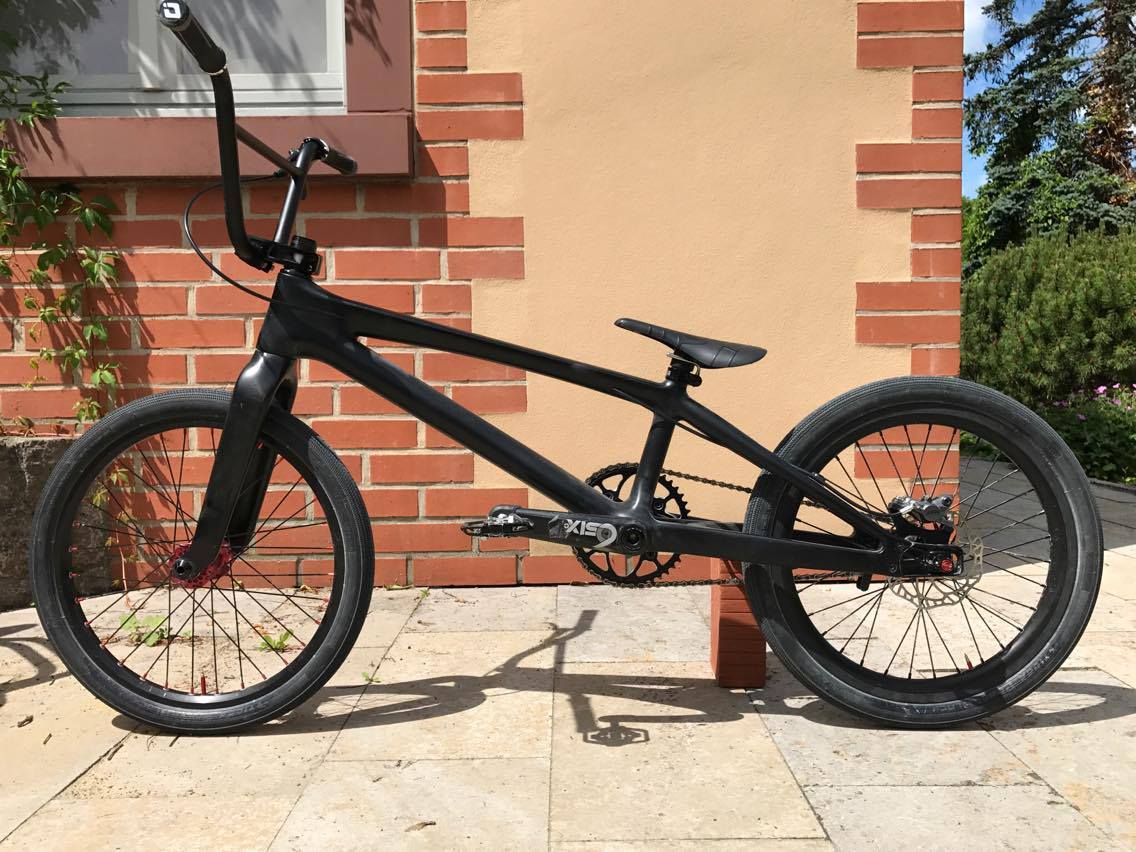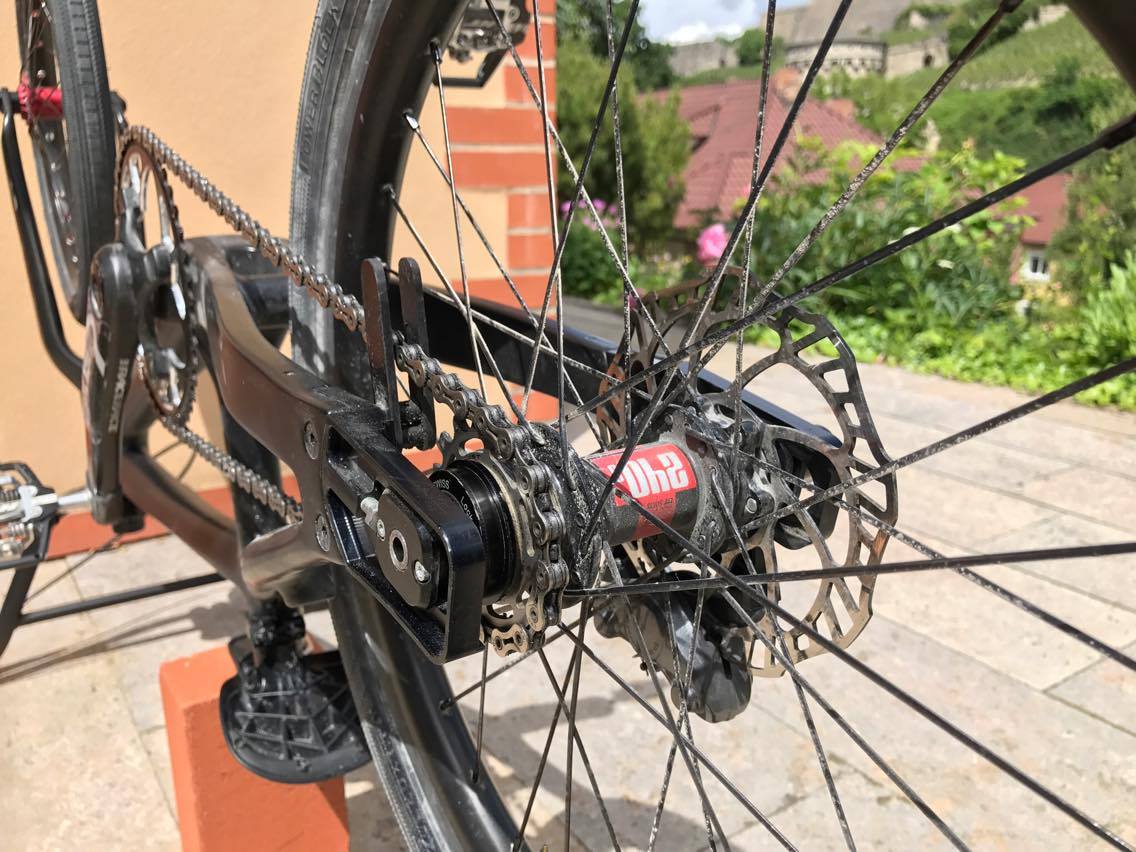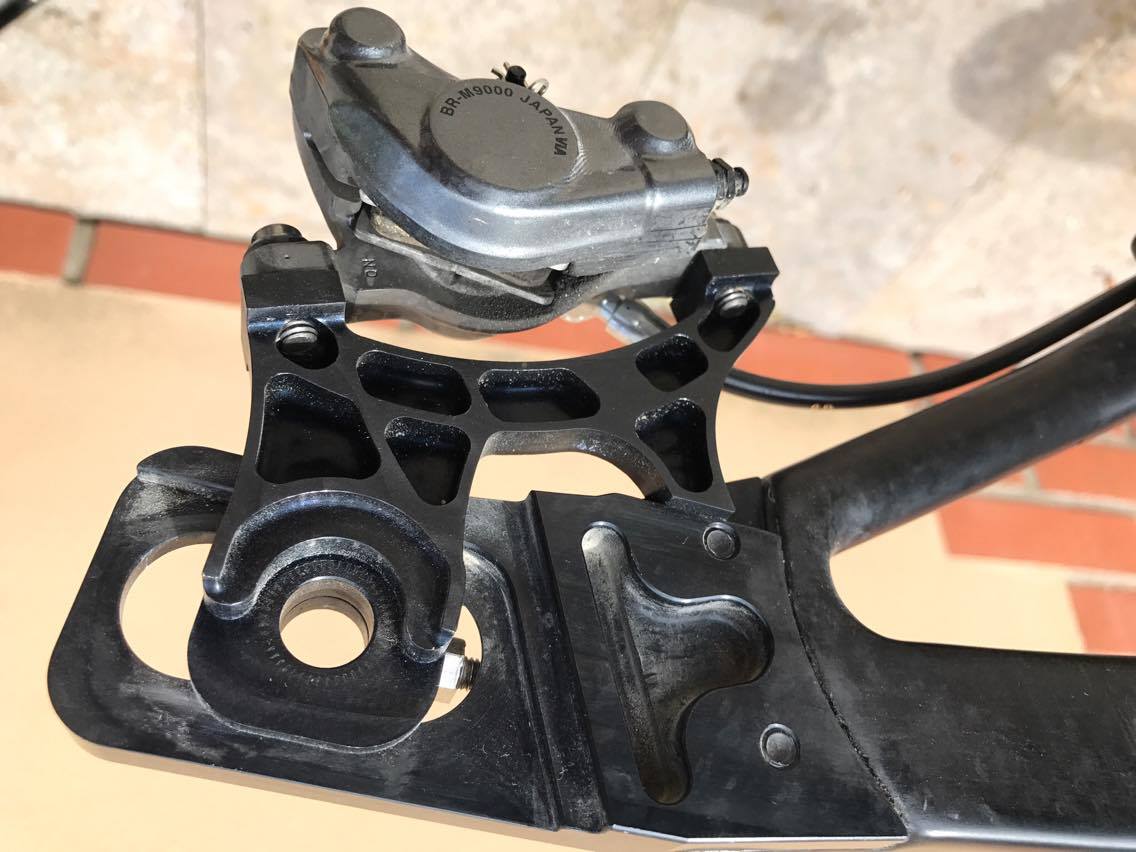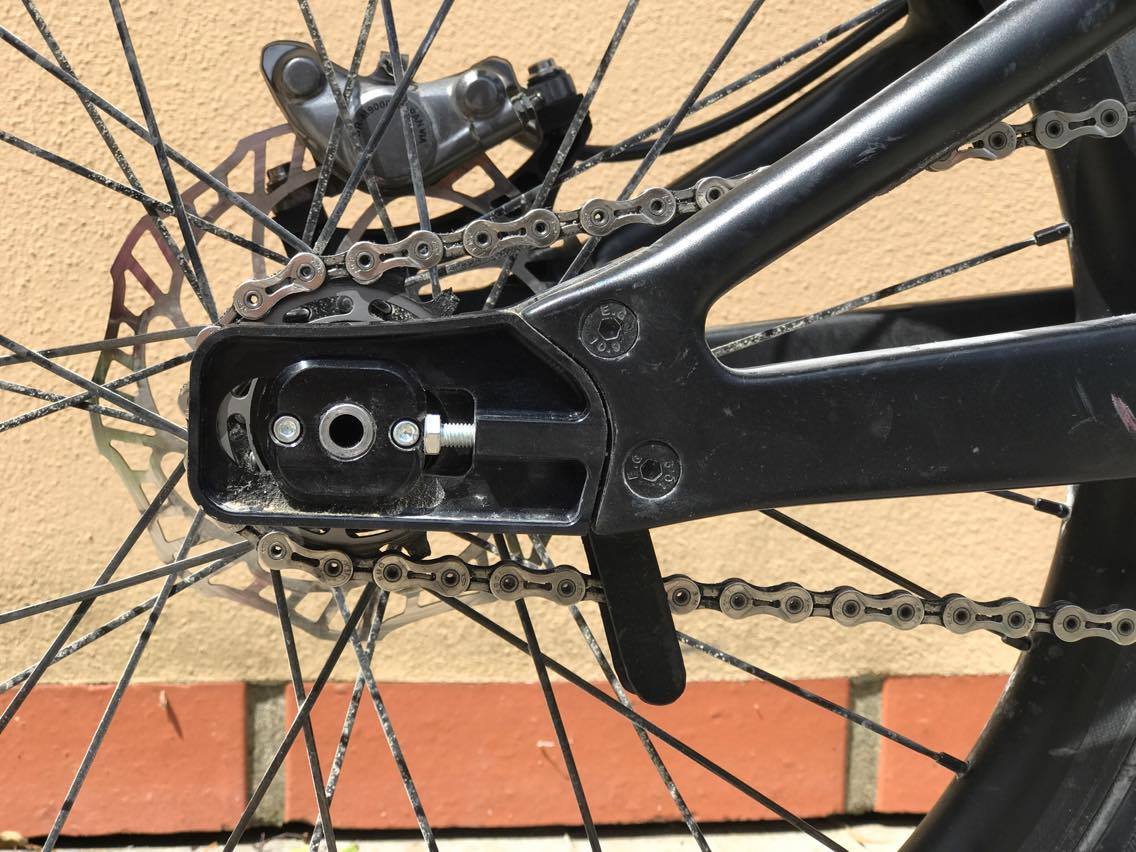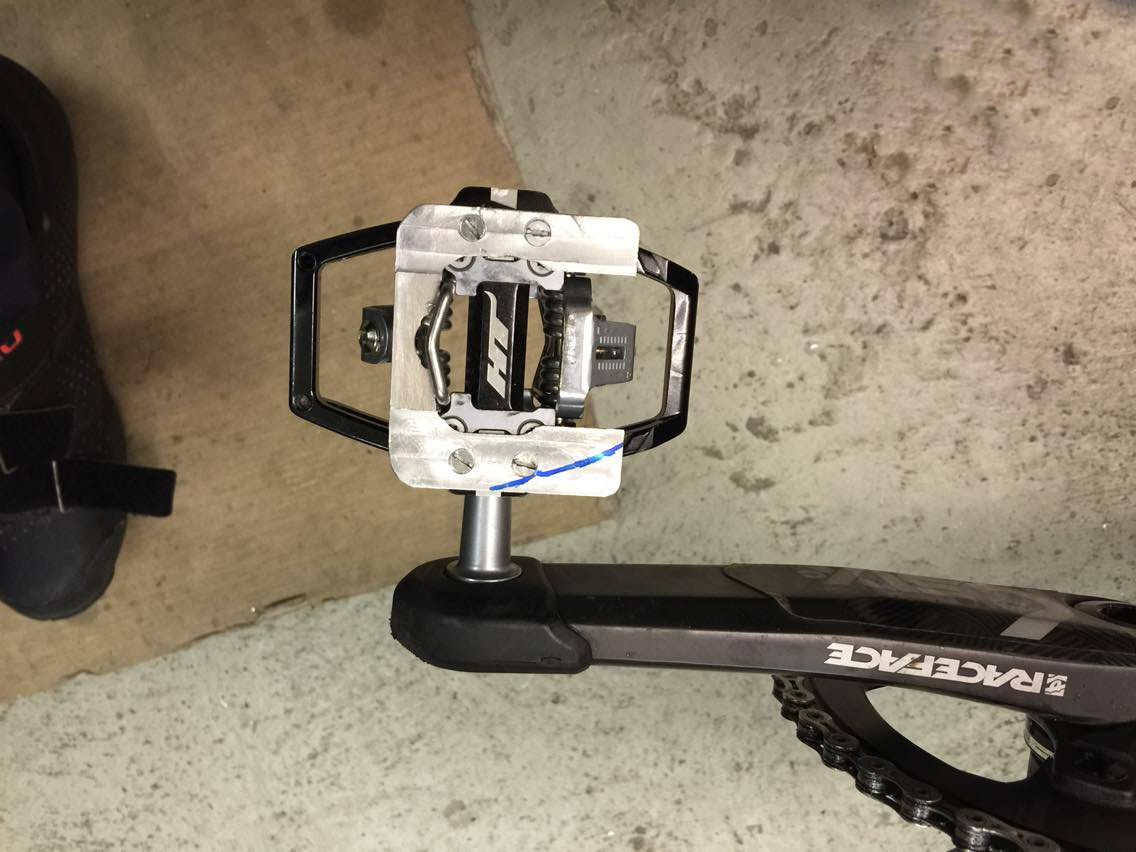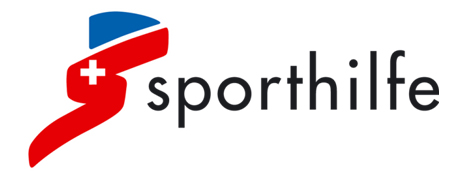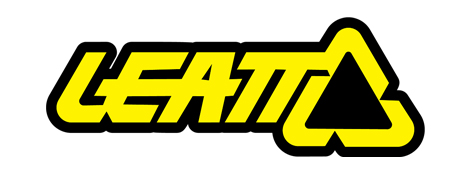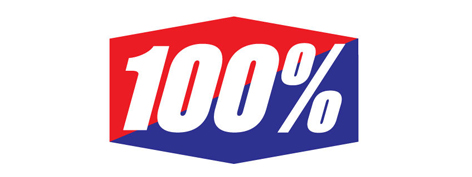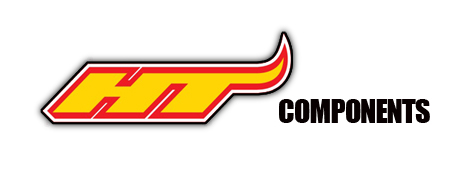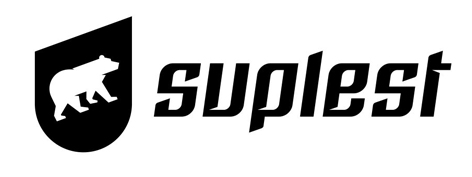David Graf | The Pursuit of Mechanical Advantage
June 2017
David Graf | The Pursuit of Mechanical Advantage
June 2017
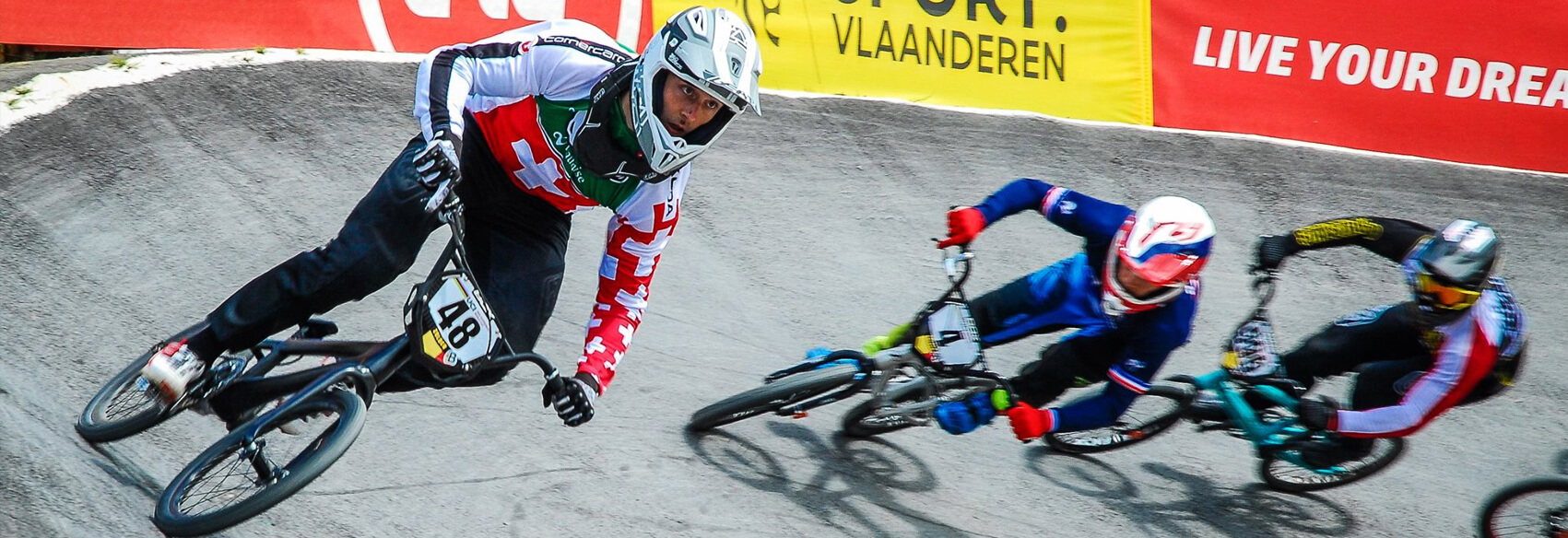
Aware that his time in the sport is limited and his decision to be largely sponsor-less, Graf has taken complete control of all the tools available to him … yes, he is fast, very fast, yes, he wins races but his drive for mechanical perfection is a quality that sets him apart … and it’s that quality that we find intriguing …
Graf: After a couple of years with Nicolai Bikes I decided I didn’t want to make any more compromises with my equipment. The weight/stiffness ratio was the main force behind it and also the durability of the frame.
On any aluminum frame I’ve had so far you felt a loss in stiffness really fast and you don’t want to hop on a new frame every couple of weeks. The carbon is much better at keeping the same performance for a while … that’s just a side note though, I’m really a weight weenie 😉
15: Where you trying carbon bikes while you were still racing alloy?
Graf: No. I was on a contract with Nicolai and I was making the best out of what we had.
15: Why did you pick the frame you ended up going with? Did you consider others?
Graf: Yes, I was looking at every frame out there I guess, but the Haro frame was the easiest one to modify, plus the geometry was the closest to what I wanted. Over the years with Nicolai I was able to find what works for me, I actually wanted the exact same bike but in carbon.
Fortunately for me, my best friend Janis Lütolf, is a mechanical engineer. So, I came up with my issues and some basic ideas and he just went to work on this project. The new dropout turned out to be a lot of work but Janis loves a perfect solution and was determined to find just that. Riding MTB’s himself and being a good friend of mine for about 15 years he instinctively knew what kind of problems we needed to solve.
Now we’ve ended up with a slightly higher bottom bracket but can live with that. I was thinking about making a frame myself to get rid of the brake mounts, lower the bottom bracket and have the dropouts exactly like I want them (it would be a 12x135mm rear axle) but, as my friend pointed out, there where not really enough changes to put the effort into creating, testing and paying for my own bike … Although, had it not been for Janis’s work, the new dropout kit would have probably cost me more than a full frame project.
Graf: It’s just stiffer, nothing too crazy. I’m happy with my choice.
15: Your friend had to invest a lot of time and effort designing and manufacturing custom dropouts to incorporate the disc brake. Why not just use an adapter kit? Other than disc brakes what else do the custom dropouts bring?
Graf: Well, kit adapters are good to allow more people ride disc brakes and they finally arrived 10 years after Roger was first riding at a World Cup with them haha … other than that, they are pretty shitty to use. If you want to change your rear wheel you better bring some time. Taking the caliper off and untightening the whole chain setup was never an option for me. It’s just not a clean solution for us. Janis, always a perfectionist, was looking for a solid solution.
My dropouts are made to run a longer rear end, 15.9” or 40.4mm. This is one chain link more than most standard frames would allow you to go to. Then it has the disc mount, it is 122mm wide to allow me to use a much lighter hub. Janis optimized the little adapters where the axle goes through with some bolts to hold them in place when changing your wheel. I was always laughing at the guys dealing with that shit so this was important for me haha.
15: How many variations of the drop outs did you go through to get to the final version? Are you happy with where you’re at or are there modifications on the horizon?
Graf: At the World Cups I was running an early version but I had some issues in Zolder. There is a little piece on the brake mount that takes the force and puts it down to the dropout, it was probably a little too light to take my force and it bent when I had to brake really hard at the finish line. I was running the prototype for the rest of the race which was a little heavier. Now the forth version is coming, that should be the final one.
V2/V3: Concept development … ‘I was on the V2 for some races and then on the V3 for the World Cup in Zolder, where they broke, from V1 to V2/3 the big difference was that we put a leg that pushes down to the dropout to absorb the braking force’.
V4: The final version … ‘This has some better radii on the leg, so it will not break off again’
Graf: No. My disc is like 64g. I prefer a good working brake over 20g of saving.
15: Why did you go the route of the DT Swiss hub rather than a disc version of one of the popular options?
Graf: I hate the weight on the popular ones. The DT 240s is a great hub, easy to maintain and ultralight.
15: Is the instant engagement of the popular hubs not a worthwhile advantage?
Graf: The point is … where I focus the most on all my bike changes -> ‘gate to bottom of the hill’. Instant engagement is only useful to setup behind the gate. I put the weight saving and the trust in a ratchet much higher than the clutch system which gives you an ultra-small advantage on the first pedals out of the turn. Since we usually already pedal in the air it is not a real advantage after the first jump.
The only advantage point is the pedal at the bottom of the hill, I can live without that.
15: The stiffness deters some from carbon rims but you have been running them for a while, do you notice the difference?
Graf: I was always running the lightest available aluminum rims. The weight of the carbon rims is not much lower but it makes them a lot stiffer and you can feel it everywhere.
Unfortunately, there was no rim for a disc bike or front rim only. So I’m just going to make them myself now. I hope they are here in July and then I can run a lower carbon rim that is lighter and low enough to use on the front too. I always went with the rear only because of the wind. My new rim will be 20mm high so it should be fine.
15: Hold on, you’re making your own carbon rims?
Graf: Yes, I ordered my own mold for lower profile rims.
15: Who do you call to make custom rims?
Graf: China!
Graf: At first the 35mm rims where as heavy as my Sun Ringle Envy Lite but with the shorter spokes you get the weight lower. So yeah … every moving part on the bike has to be as light as possible once it still works appropriately.
15: Are you picking tyres primarily for weight or grip and are you changing them depending on environmental conditions? Do you consider the weight of tubes, spokes … we’ve even hear that some riders won’t use valve caps …?
Graf: They have to work, but then I am looking at weights only. I only change them if the gate is slippery, then I go with the Onza to get more traction or in St. Etienne I put that one in the front too for the second turn. But on the important races I run 1.6” Powerblocks. I even weight the tires when they arrive and then use them until they are kind of worn down but still rideable, take them off and put them back on for the big races haha. We take that to the limit. You know when Roger was riding 4cross he ordered the lightest tires out of the factory … they had to weigh all the tires and send him the lightest ones since they vary a lot. I always thought he was really crazy but now I am too haha.
And yes, tubes, spokes nipples are all part of it, that’s for sure. I never ran a valve cap but not because of the weight … I just can’t see a reason.
15: What about titanium parts, spokes for so extra weight saving? Would you consider making your dropouts in titanium?
Graf: I don’t trust titanium that much, it just breaks without warning for axles etc. Titanium spokes are to flexy and not much lighter than my Sapim CX Ray so I went with the aero flat spokes.
Old Haro Citizen Forks
Cliq Addict 8″ Bars
SuperDuper 63mm Stem
ODI A1 Grips
Box Echelon Seat
Tune Skyline Clamp (4g)
RaceFace SixC 175mm Cranks
44 / 16 Gearing
HT T1 SX Pedals
Shimano XTR Race Leaver
Shimano XTR Race Caliper
Tune Dörte 32H Front Hub
DTSwiss 240s 122x12mm 32H Rear Hub
Sun Envy Lite 32H Front Rim
Ice Fast Rafale 30mm 32H Carbon Rear Rim
Tioga PowerBlock 1.6″ / 93psi
David’s Bike …
Haro Citizen XXL Frame
Old Haro Citizen Forks
Cliq Addict 8″ Bars
SuperDuper 63mm Stem
ODI A1 Grips
Box Echelon Seat
Tune Skyline Clamp (4g)
RaceFace SixC 175mm Cranks
44 / 16 Gearing
RaceFace Bottom Bracket
HT T1 SX Pedals
Shimano XTR Race Leaver
Shimano XTR Race Caliper
Tune Dörte 32H Front Hub
DTSwiss 240s 122x12mm 32H Rear Hub
Sun Envy Lite 32H Front Rim
Ice Fast Rafale 30mm 32H Carbon Rear Rim
Tioga PowerBlock 1.6″ / 93psi
Total Weight … 7.04kg (15.52lbs) in Papendal with Box Plate
‘This is my spare bike, my race bike is not put together right now … so not every little trick is done here … I didn’t cut the steertube and it has a heavier seat clamp plus it is not sandpapered down to raw carbon like the race bike as it was too much work. It saves around 100g on the frame alone, just because of the paint.’
Graf: There is not one fact to prove it’s an advantage. Engineers would tell you don’t go with a sprocket under 14T and everything else is too small of a factor to mention. For me it’s just more weight, more chain, more everything that’s moving and that’s not good haha.
Just go with whatever feels best but don’t jump on the hype just to do it. Think about it a little more!
15: Pedals … we know you used to modify your HT’s … what were you doing there? Do you still do it or have HT helped you out?
Graf: When I first got them, I was not really happy. The fact that the spring opened up in the front and back was pretty bad for me but it was something to work with. The reason I went with them was that the cleat was much more covered by the spring than with the Shimano.
So, at first, I built a plate myself, a really shady one, but then I discussed the issue with Janis and he helped me out with a working solution to avoid the spring opening up to the front. The reason for this was, every time I pedaled some energy went into the spring and I was sliding front and back with the cleat. Then HT made the SX version inserts based on my idea and are now selling them so we were no longer forced to do that ourselves … perfect!
Then I added a little plate to make more contact with my shoe to the pedal cage. I hate free float and I got rid of it like that. But that is something that is different from shoe to shoe. The Suplest shoes I run now, have a perfect fit on the original cage, so no more work on pedals for me. I have not unclipped unintentionally once since I changed to HT, I’ve found my setup there.
15: We assume you’re all about ceramic bearings in bottom brackets? Do you use them in hubs?
Graf: No ceramic bearings in my bottom bracket, they tend to run less smooth under pressure so I went for good old stainless ones. I did spend €2000 on two bearings for the Olympic bike last year though … not for the weight but they ran so smooth … it wasn’t worth the money, that’s for sure, but I had to give it a go. If you compare our bikes to road bikes we are still cheap and soooooooo far behind that I thought why not.
Now the problem is … the bearings won’t fit into my new bottom bracket.
The bearings are nothing compared to what my dropouts are worth though …
15: What bearings cost 2K? What’s so special about them?
Graf: Gold-Race steel bearings, it’s an Italian guy, he does bearings for the roadies, Giro d’Italia teams etc. They are hand built and nanotech whatever, they turn like crazy with no resistance at all. He came to the European Champs in Verona last year to show me his products, when you see the crank spinning you’re sold haha … it’s not worth it but it was as sick as bearings get. All the XC and Track guys at the Olympics were laughing because they did the same thing a couple of years back.

Graf: Important enough to invest the time in my eyes. A better power to weight ratio makes you faster – the weight of the system is important, that means rider and bike. Bodyweight at least pushes down on to the pedal.
The most important things are the moving parts. Wheels, cranks, pedals, shoes and chain. Where the wheels stand out as the most important.
For example, in road cycling they say a pedal/shoe combo that is 250g heavier per side than your lightest option forces you to deliver 1.5% more power for the same speed.
All these things are mostly important for the acceleration phase which is our main task in the end. For me it has to be safe at first. But then I am looking for the lightest option in everything. If I gain 0.5% on all of that at the end it was worth it for me because I know I do everything that needs to be done. So, this is one part of the puzzle. If you have a lot of other things where you can improve, do that first. But never count out the bike 😉
15: What have we missed … what other lengths do you go to shave grams off the bike?
Graf: I run a Tune front hub that is only 94g for example. To make it work I had to build my own 20mm endcaps. Mountain bike standard is 15x100mm and 20x110mm. This hub is the perfect product in my eyes.
I always run 32 spokes front and rear until now … I will go to 28 on the new wheelset, if I get the front hub with it.
For a while I was running my bike without a head cap and took the expander out of the fork after setting it up to save some more weight. I have it back in right now because the Cliq forks and the frame tend to get some play much quicker.
I still hate my cockpit and seat/seat tube combo … I’ll work on that next.
‘The chain guide is there, because I run a 9 speed chain … because they are made to shift they can be dropped more easily so I wanted to be safe after Colombia last year.’
Graf: No. Right now a good sponsorship for me is not based off the money anymore, it’s about the product. I am at a point in my career where I have just a couple of years left and I want the best.
This is why I buy pretty much everything on my bike because I want to cherry pick everything haha.
15: So, shout outs, who do you need to thank, who’s making you look good?
Graf: There were a couple of guys behind all that work and I really appreciate it. They have helped me with parts for years now. My Olympic bike last year had a fixed rear end made by the same group of people and my zero offset fork inserts as well. So, without them I would probably have had the ideas in my mind but never been able to realize them all.
Thank you Seppi and Janis especially!!
15: Where are we going to see you and the bike on the gate next? What’s the plan for the rest of the year?
Graf: My next international race will be in Bordeaux for the European championship and then the Worlds. After the World Cup in Zolder I struggled a little to get back into it. Physically and mentally it was a really tough two weeks and I needed some time to recover and find some motivation to put the gloves back on haha
So, Verona was probably one week to early and then I’m a little bummed to not race in Norway but the timing of that race is just not fitting into my July plans.
Follow David Graf on Instagram | Facebook
Photos by Richard Schols / Mister O (all riding images) | David Graf | Janis Lütolf
